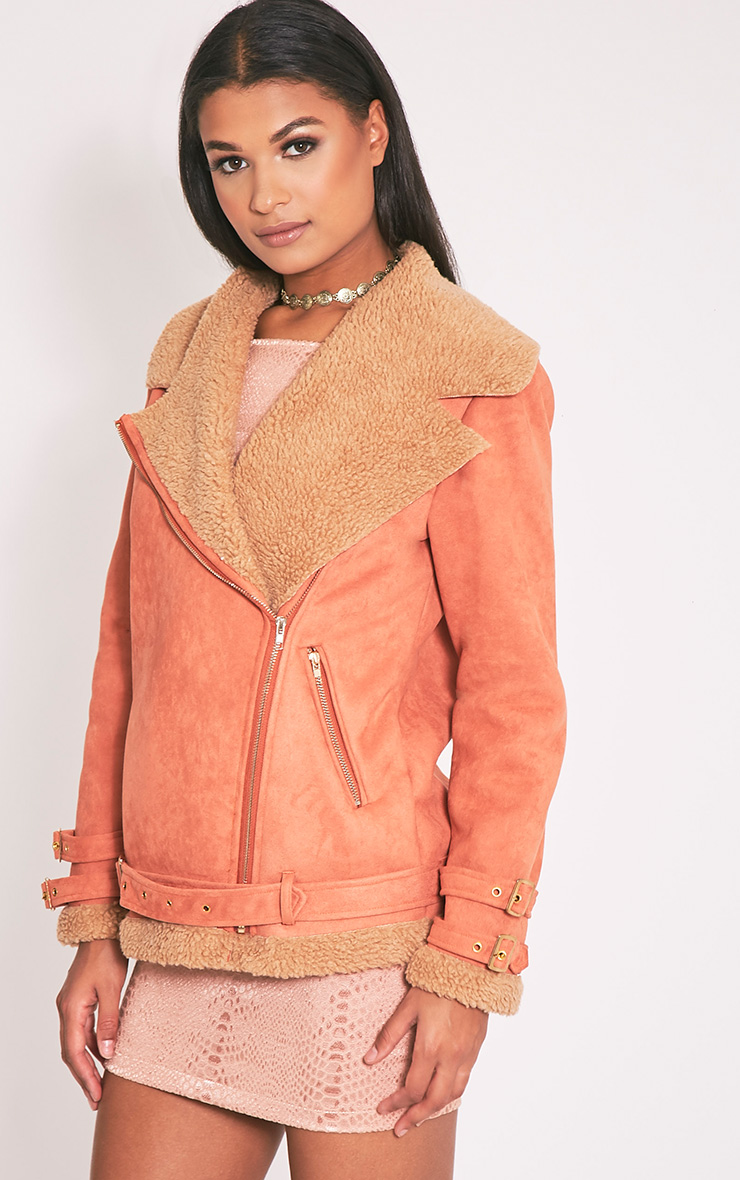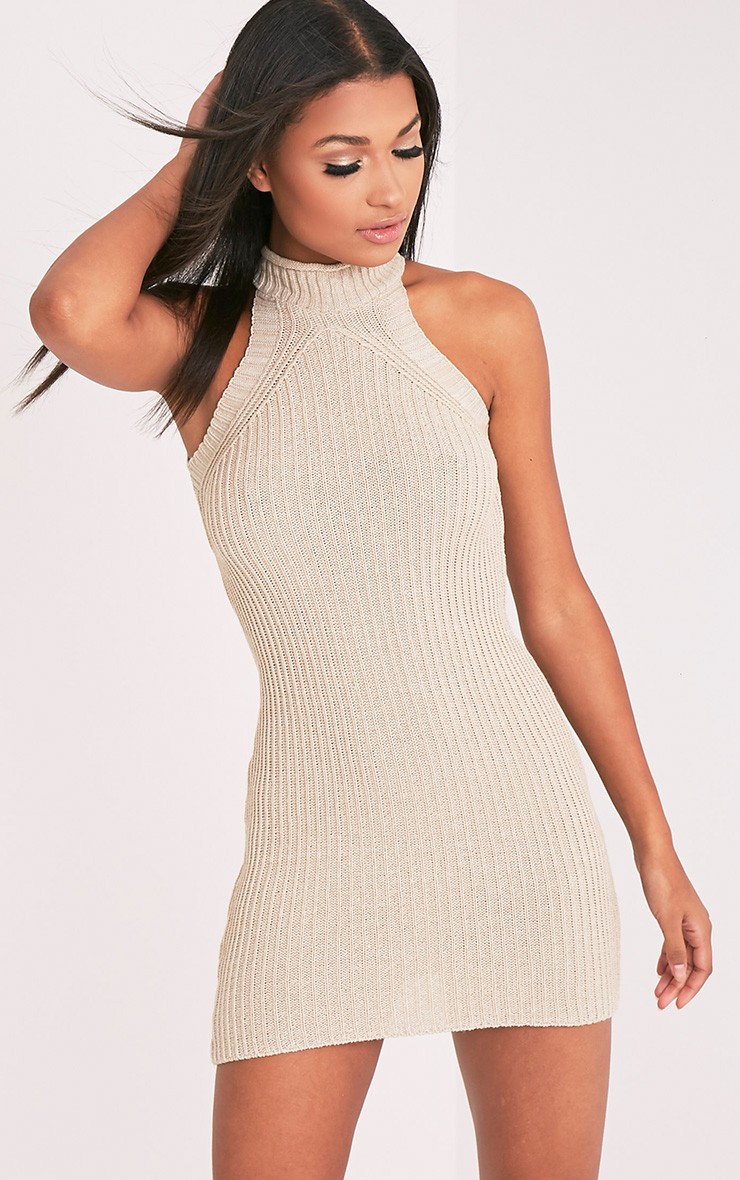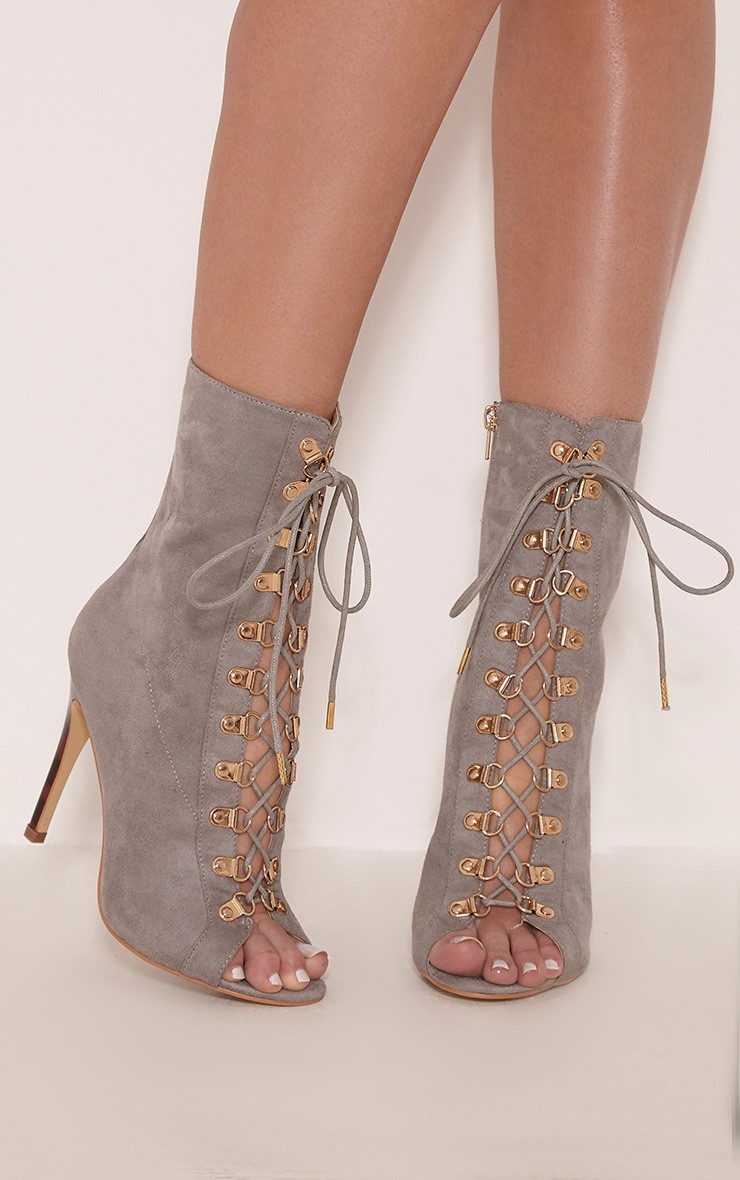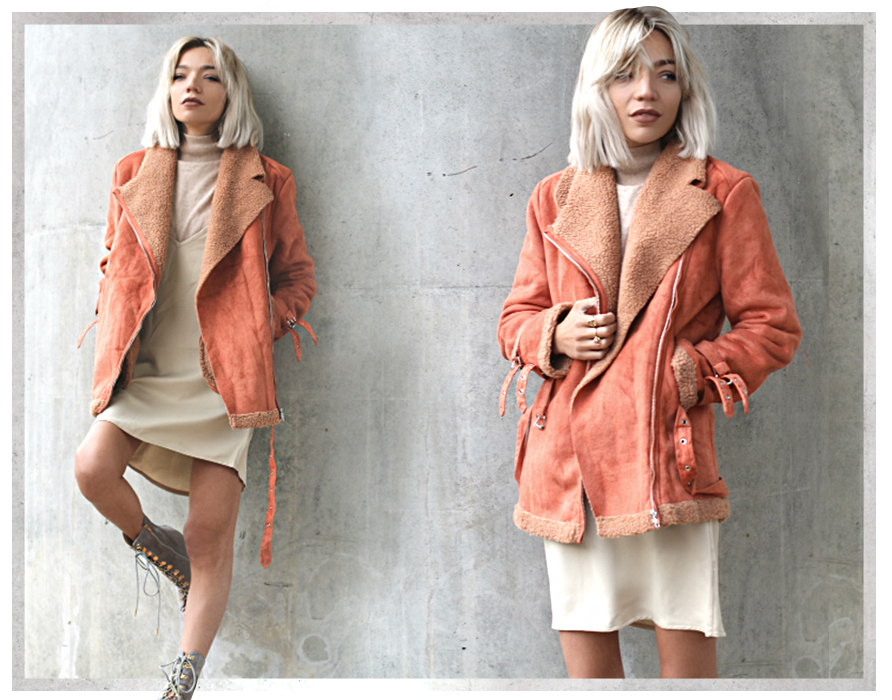
Blogger and stylist Victoria Copeland of Afluenza talks us through her 10 tips on becoming a fashion stylist.
I wouldn’t call myself an expert when it comes to giving tips on becoming a fashion stylist, I’m no Erin Walsh. I’ve had my fair share of knock backs and months wondering when my next pay cheque will come in, because if I’m honest folks, freelancing ain’t easy! That being said, some of the best advice often comes from those who have learn’t the hard way as that helps you grow as a stylist, into one hard faced, coffee fueled, pack horse!
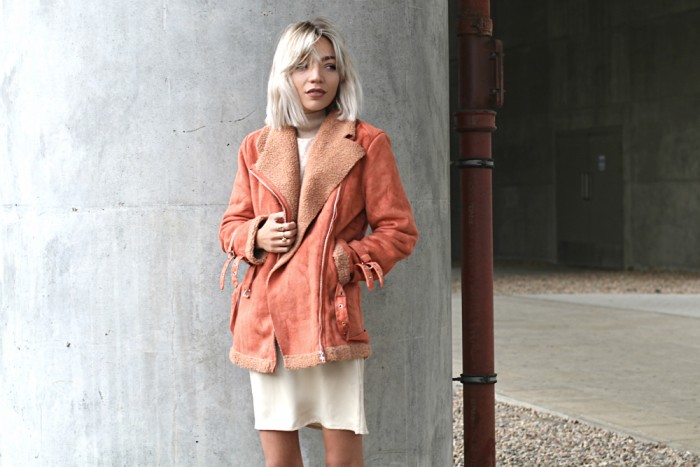
#1 You don’t need a University Degree to become a stylist
And take that from somebody that has one. I don’t regret my time at University because it furthered my skills. I learn’t a lot about fashion as a whole, it taught me what I did and didn’t want to do whilst allowing me to build knowledge in areas I could fall back on if styling didn’t work out, and it nurtured me as a young person when I wasn’t yet ready to go it alone in the industry at eighteen. However there are other options, such as styling short-courses and The Fashion Retail Academy that will give you a creative insight in to areas of the industry. Alternatively you can begin from my next point if you’re prepared to start from the bottom and work your way up.
#2 Experience is EVERYTHING
When I was trying to gain work experience it was a lot easier to email stylists and ask to shadow them as they were just happy for a spare set of free hands (FREE being the prime word here, don’t expect any kind of payment when you start out in this industry, you’re lucky if you get paid when you finally book your first job). A good time is surrounding Fashion Week as it’s of course the busiest and can also gain you experience supporting catwalks and get you mentally prepared for when things get seriously cray-cray.
I also did a lot of test shoots which you will have no shortage of finding other creatives; photographers, MUAs, models wanting to work together on either Uni/college projects or just to build their portfolios. Google search or better yet, thanks to twitter you can now #testshoot and follow accounts that promote these too.
Every job you apply for now, even internships want previous experience (I know, puzzling right?) but this doesn’t always have to mean experience in the area you are applying for. Any skills that can demonstrate your capabilities and how you can adapt them to the role alongside a willingness to learn will benefit you. Someone once told me putting on my CV “knows how to make a good cup of tea” goes down well with stylists, and in my book anyone and everyone.
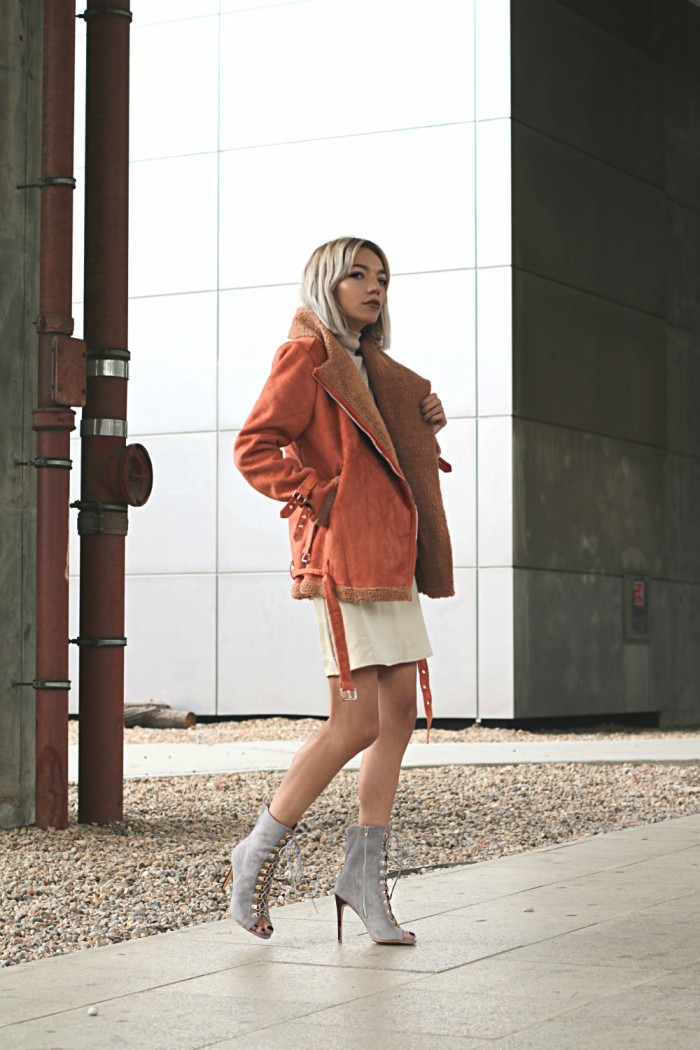
#3 What type of stylist are you?
I knew early on I wanted to be a stylist, I just didn’t know there was more than one type. Elle was my favourite magazine from a pre-teen and I idolised the editorials styled by Natalie Wansbrough-Jones who is now Senior Fashion Editor. I only ever wanted to work at Elle and that confirmed my decision to enroll on a Fashion Course at University, thinking I would go on to work at a magazine. Fast forward a few years, after a couple of internships shoulder-deep in returns from the fashion cupboards of two top selling glossy mags and it’s safe to say it’s no longer for me. Those experiences taught me what I didn’t want to do and went on to help me get experience in what I did want to do, so it’s all relevant.
You might start off, like me, wanting to work on editorials and decide that actually commercial styling is more for you. You may gain contacts through commercials and end up as a wardrobe stylist for TV/Theater. You could grow your contacts from those commercials and become a personal stylist for a whole clientele of people. And through word of mouth, growing your portfolio and knowing the right people you could end up a celebrity stylist to the stars. A lot of stylists will tell you they’re each very different, that you should specialise in one area but thanks to my University course I’ve tried my hand at a few and the possibilities are endless, (so is the pay packet) so networking is KEY! Which moves me nicely on to my next point.
#4 It’s not what you know, it’s who you know
You’ll hear this a lot in life, but even more so within the fashion industry. Which can be frustrating because often it doesn’t just come down to all the effort you’ve put in to get to where you are. Everyone you’ve met up until this point is a possible contact, I’ve booked more jobs from unusual circumstances than I have from seeking out work alone; A friend of a friend, an old university acquaintance, a former colleague who is in new employment, even a Facebook tag landed me a paid shoot. So always come prepared with business cards and if there’s an opportunity to network make the most of it. Attend press events, visit trade shows, gate crash an awards ceremony if you have to!

#5 How to get work as a stylist, if you don’t know anybody…
Not everybody has the time or funding to wait around for that friend Bob who knows somebody, who knows somebody else that lands you that game changing X Factor work. It’s time to start seeking out work for yourself. There are a number of agencies that can do the hard work for you, and put you on their books for any potential projects that comes up however they of course take quite a cut of your pay and you need to have built a decent portfolio already to be able to sign up. So what I did was use freelancer sites that post paid and unpaid work opportunities (again great for experience) that you can apply for, the more jobs you get through these increases your likelihood of being contacted directly for other shoots and of course if those clients enjoy working with you they’ll be back in touch again and they may even recommend you to their contacts. (See how this whole process can come 360, you then know people in places!). If freelance isn’t for you, there is also the option to apply to work solely for one brand, so many these days are recruiting stylists and shoot assistants to strengthen their visuals.
#6 Promoting yourself
To apply for most paid work you will need to have examples of your previous styling. When that comes to personal and wardrobe stylists they go on testimonials, recommendations and mentions in publications. You can display your work with an online portfolio, website, blog or the various platforms to promote yourself through social media. You want to sell the best of your styling skills, separate in to genres if you have experience in more than one area and show clearly your contact details; embed the link into the footer of your emails.
As well as a portfolio, I started a personal style blog (Affluenza.blogspot.co.uk) I use this platform to share my own style to an audience with similar taste and now receive emails from followers wanting a personal stylist. So not only does this show my skills through another avenue it’s also proved I’m passionate about what I do outside of my day to day, and fortunately has enabled me to build contacts with brands and PR agencies that has in turn aided me in securing jobs and also pulling samples for shoots.
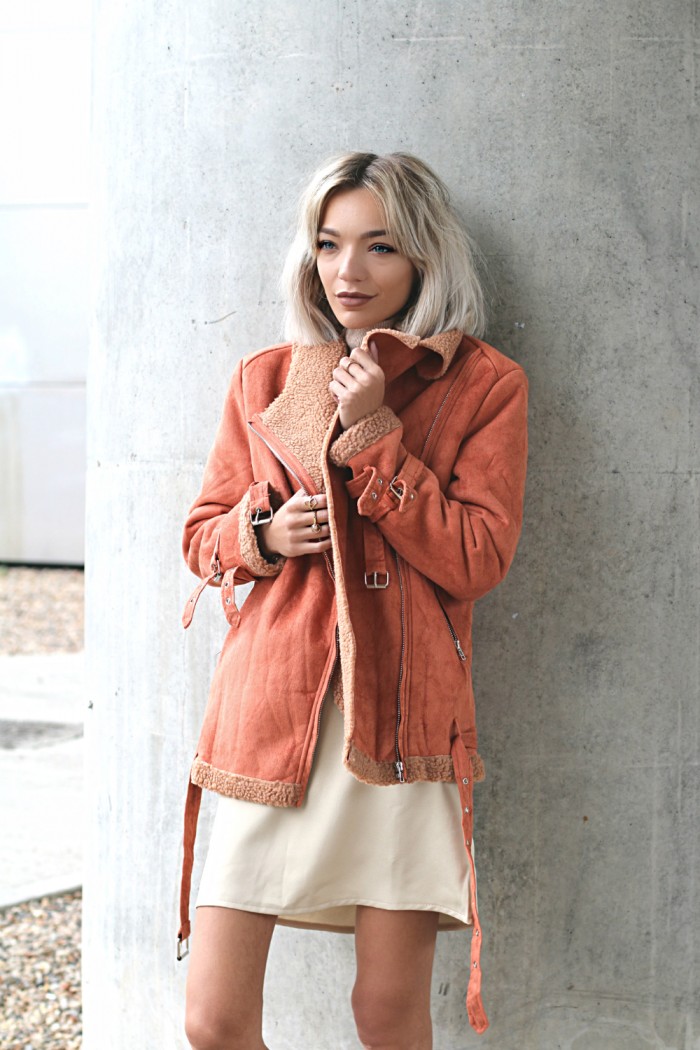
#7 Work hours for a stylist
Every job can be different, and no two days are the same when it comes to styling, working hours can be unsociable so you’ll need to be flexible with your time and expect that evenings and weekends may sometimes be off the cards for your personal life. Sometimes I would go a week or two with no work, then book a 3 day shoot one after the other and have a shopping appointment booked in at the weekend which meant I was exhausted by the time it came to seeing my friends and family. Shoots can over-run or be rescheduled last minute and you’ll spend most of those long hours loaded up like a pack horse with returns. However with the inconvenience comes the flexibility which is great if you can plan shoots around your life too. You may have a call time for 6am, but you could also end up finishing early and avoid all that #commuterproblems everyone moans about. Instead of the 9-5 routine, your five day week could be just two days and those could even be spent jetting off to the Bahamas to call that your office for the next few days (Keep me in mind if you need any assistance with that!).
#8 Stylist rates
No one likes to talk about money, but you deserve to know if those long, unsociable hours are ever going to pay off. And to put it bluntly, you will need to work a lot of those for very little pay before you can cover the mortgage. However once you get a consistent amount of work you’ll be laughing, knocking back the champers and reminiscing on that time you scrapped together your last coppers to be able to afford a coffee. Depending on your chosen forte, stylists can earn anything between a day rate of £200 – hundreds of thousands.
#9 Think outside the box
If you have an eye for styling you’ll know it goes way beyond knowing trends or what “looks nice”. You’ll probably already have a knack for finding a rare bargain, getting creative and make the most of your contacts. I say this because it doesn’t matter if you’re an editorial stylist in need of that one of a kind prop for a photoshoot that you bought from a charity shop and spray painted, or a wardrobe stylist that needs to dress an entire cast with very little budget, or a celebrity stylist who’s client can’t be seen dead on the “who wore it best” page. Vintage shops, markets, charity shops, boutiques, independent designers, start up brands and even eBay will become your best friends. The same goes for sourcing new locations for shoots. Being able to provide something others can’t is why people will hire you and pay what you’re worth. I keep a little note book of any inspiration, stores or places I’ve come across that might be useful to me in the future.
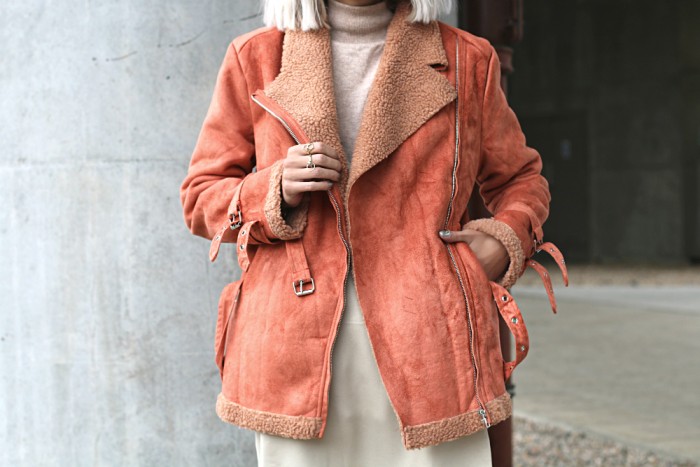
#10 A Stylist is only as good as their tools
Last but not least, and probably one of the most beneficial things I learn’t from my time assisting on photoshoots was that I needed a stylist kit bag and what I needed in it. Again it doesn’t matter what genre of stylist you are I guarantee at some point in your career you’re going to need a good pair of chicken fillets and a needle and thread.
Every good styling kit should have the below necessities (minus the kitchen sink):
– Sewing kit
– Tit tape and nipple covers
– Scissors
– Safety pins
– Masking tape / thick tape (covers the soles of shoes)
– Measuring tape
– Clips / Clothes pegs /
– Wet wipes
– Lint roller
– Anti- static spray
– Nude underwear, strapless bra, thong / Spanx / tights
– Wire ties (to shorten necklaces/belts)
– Make up hood (to protect clothing during outfit changes)
Shop the look:
Follow Victoria on Instagram here: @byvictorialauren
